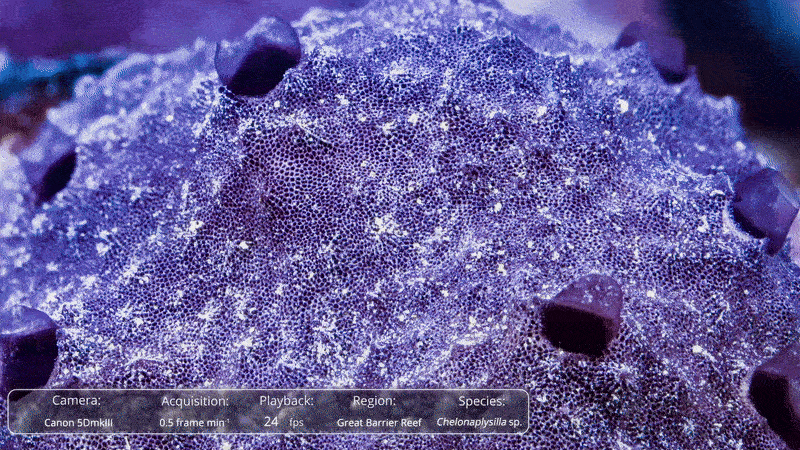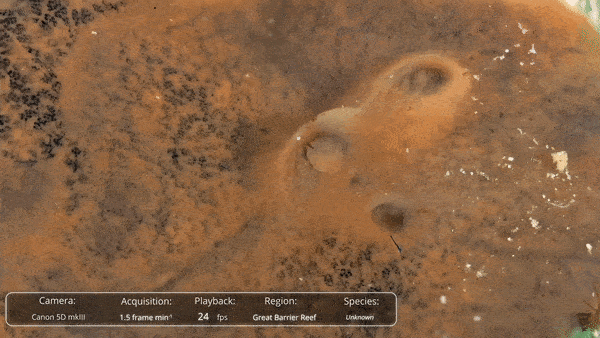Sea Sponges Sneeze Sediment-filled Snot
New research reveals the animals expel mucus as a form of self-cleaning and other creatures eat the stuff up

Despite lacking nerves, muscles or even brains, sea sponges have the ability to expel clumps of mucus from their bodies in a sneeze-like fashion. This behavior was long known to scientists, but exactly how it happened remained a mystery, until now.
In a new study published in Current Biology, researchers found that sponges slowly eject mucus through their seawater inlet pores, called ostia, to get rid of unwanted particles.
“Our data suggest that sneezing is an adaptation that sponges evolved to keep themselves clean,” says Jasper de Goeij, a marine biologist at the University of Amsterdam and the paper’s senior author, in a statement. “Let’s be clear: Sponges don’t sneeze like humans do. A sponge sneeze takes about half an hour to complete. But both sponge and human sneezes exist as a waste disposal mechanism.”
The team recorded time-lapse videos of mucus expelled from Caribbean sponge Aplysina archeri, called a stove-pipe sponge for its tube-like shape, and another Indo-Pacific species of the genus Chelonaplysilla. The snot came out of the creatures’ ostia, traveled along defined paths on the surface of the sponge—or “mucus highways”—and accumulated in string-like clumps. The sponge tissue occasionally contracted and pushed these clumps into the surrounding water.
The sponges actively moved the sediment-trapping mucus against the direction of their incoming water flow, write the authors.
About 81 percent of the mucus contained inorganic sediments, the study found. The other 19 percent was rich in carbon and nitrogen, making it good for other animals—like shrimp and small crustaceans—to eat, first author Niklas Kornder from the University of Amsterdam tells New Scientist’s Christa Lesté-Lasserre.

“Each time a sponge sneezes, there’s this whole resource that’s now available to these other organisms,” Kornder tells the publication. “And that might actually create some of the astonishing diversity we see on these very beautiful reefs, with their very complex ecosystems.”
The study raises more questions about sponge mucus, including whether it’s similar to other animals’ snot, which cells are producing it and what triggers a sneeze, Sally Leys, an evolutionary biologist at the University of Alberta and a co-author of the study, tells the New York Times’ Sam Jones.
“When our nose is dripping, we bring the Kleenex out,” she tells the Times. “But how does a sponge know that this is the moment to sneeze?”
While the researchers recorded two sponge species sneezing, they think most sponges have this ability, per the statement. Kornder explains that he’s seen mucus accumulation on different sponges while diving and in photos from other scientists.
Blake Ushijima, a coral researcher at the University of North Carolina Wilmington who was not involved in the new study, tells the Times that this research could even provide clues to human evolution.
“This could give us hints of how early life evolved from these squishy brainless things into these complex organisms building spaceships,” he tells the publication.
/https://tf-cmsv2-smithsonianmag-media.s3.amazonaws.com/accounts/headshot/MargaretOsborne.png)
/https://tf-cmsv2-smithsonianmag-media.s3.amazonaws.com/accounts/headshot/MargaretOsborne.png)